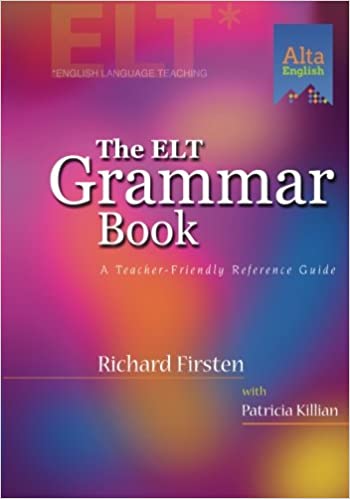Today we are going to look at mixed conditionals. In English there are two types of mixed conditionals:
Present result of a past condition
This mixed conditional is used when we are referring to an unreal past condition and its probable present result.
Structure:
If + past perfect (condition clause) + present conditional (main clause)
Examples:
- If I had left work early, I would be at home by now
- If he had studied harder, he would pass the exam
- If she had bought a ticket, she would go to the concert
It’s important to remember that these examples can be switched around and still mean the same thing.
Past result of present condition
We use this mixed conditional to explain an unreal present situation and its most likely past result.
Structure:
If + simple past (condition clause) + perfect conditional (main clause)
Examples:
- If he liked chocolate, he would have eaten some.
- If they had a car, they would have driven here
- If we had money, we would have gone on holiday
Like above, these examples’ clauses can be switched around but still keep the same meaning.
Don’t get mixed up…
Don’t let mixed conditionals mix you up in English. Learn these rules and you will be off to a great start.
*****
About the Author: This post was written by George, a teacher from ABA English. ABA English–the American & British Academy–is an online academy specializing in teaching English with a unique learning methodology based on the principles of natural learning methods. ABA English teaches you English through short films that take place in real-life situations with 144 free video classes. Go to ABA English and start improving your English with your free 144 video classes.





